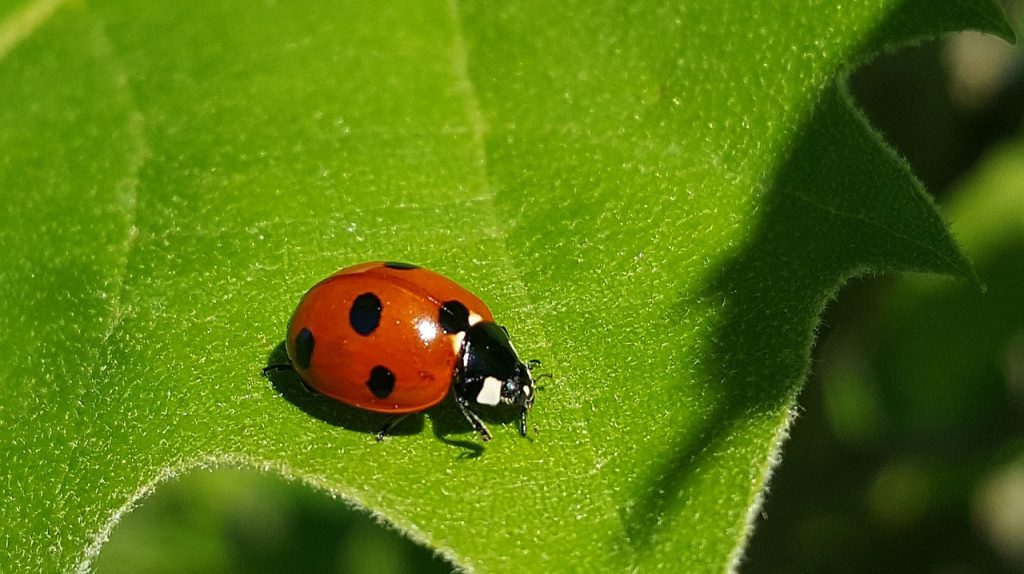Collecting bugs in the garden and then drawing them is perfect for really hot summer days, it gets the kids outdoors for a bit, but not too long, then they can come in and sit in the cool of the house while they draw what they’ve found. Really it works well at any time of year though and encourages both exploration and close observation of the world around them, making it a great development exercise as well as being fun to do.
Age range: Great for all ages 3 and up, though younger children will obviously need more help/supervision. Tweens might play less keen, but have them help a younger sibling and you may well find they get really into it too.
Time needed: 20 minutes to an hour depending on ages and engagement
Equipment: For collecting: small plastic boxes either completely see through or at least with see through lids eg. Philadelphia boxes, gloves and possibly a trowel to aid collection.
For drawing: paper, pens or pencils, a magnifying glass.
Collecting phase
 Take your collection boxes into the garden. Ask your kids what they think would make bugs feel comfortable and have them prepare their boxes for the bugs eg. put some soil, stones, leaves etc. in the box to get it ready for the bugs.
Take your collection boxes into the garden. Ask your kids what they think would make bugs feel comfortable and have them prepare their boxes for the bugs eg. put some soil, stones, leaves etc. in the box to get it ready for the bugs.
Now it’s time to find the bugs themselves. Generally speaking they like cooler, darker, damper spots, so turning over logs, lifting up flower pots and looking in the compost bin are all likely options. If you want to add a competitive element you could offer a prize for the person who finds the most different types of bugs. It’s a good idea to put different types in separate boxes to ensure they don’t eat each other!
Drawing phase
Once they’ve collected one or more bugs in their boxes, it’s time to bring out the magnifying glass and inspect them up close. For younger children ask questions about the bugs appearance – “how many legs?”, “what colours?”, “where are the eyes?” and so on, for older children try asking questions that go a little deeper – “why is it that colour?”, “how do you think it avoids being eaten?”.
Now it’s time to draw what they see, looking again through the magnifying glass to inform their drawing.
When they’re done drawing they can finish the project by releasing the bugs back into the garden and emptying the boxes of whatever they put in there to make the bugs feel at home.




